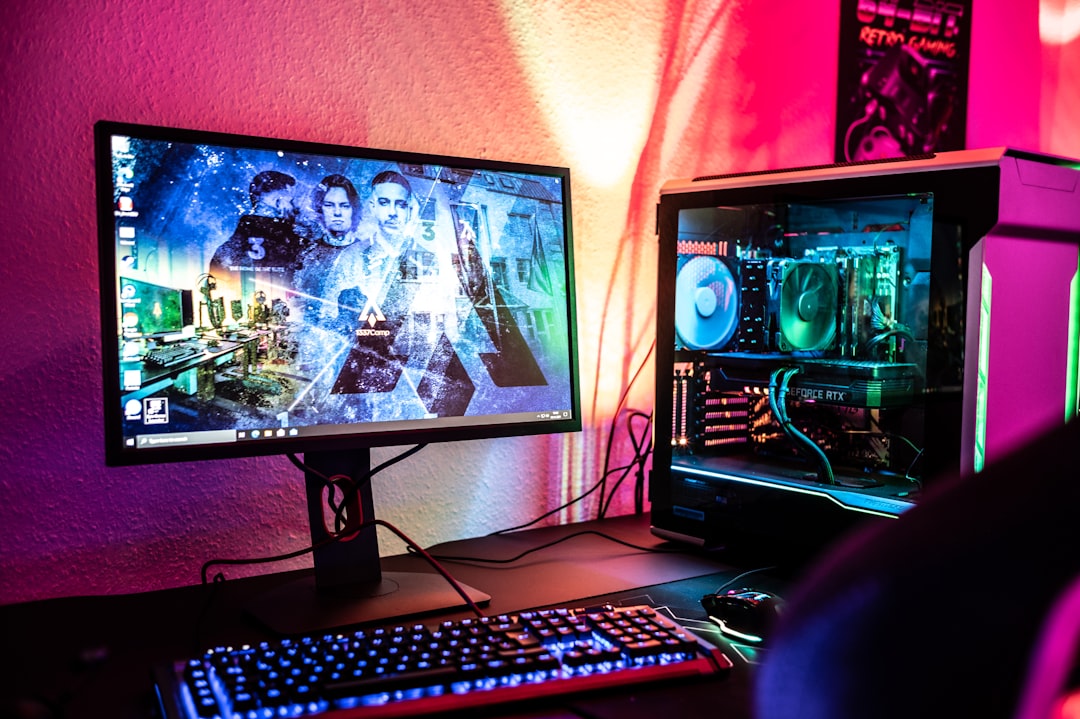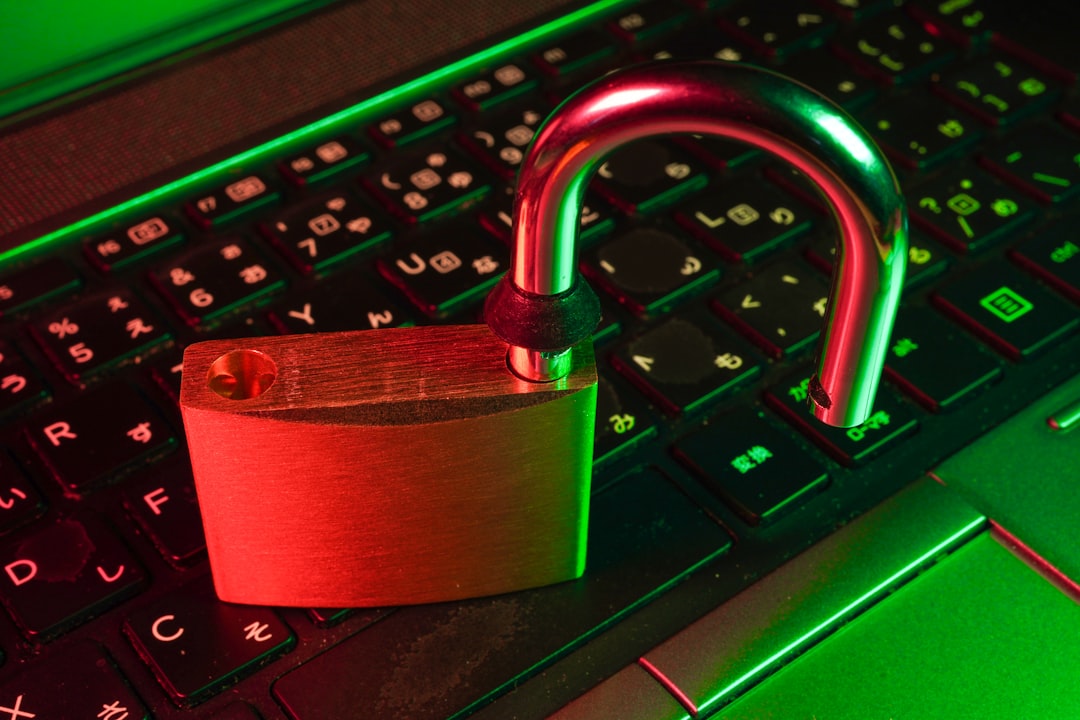
If you’re trying to upgrade your PC to Windows 10 and have stumbled upon the notorious Error 0x80070003, you’re certainly not alone. This error typically occurs when Windows Update can’t properly install or download the update required. Thankfully, the fix doesn’t necessarily involve hours of technical work — unless you let it! Let’s walk through the best solution to put that error behind you and get your system running the latest version of Windows 10 smoothly.
Before we dive into the fix, let’s understand what this error means. When Windows encounters Error 0x80070003, it usually indicates a problem with the Windows Update components or with certain files missing or corrupted in the operating system. It can also show up if the system files are not synchronized, or if something is preventing Windows from accessing update paths.
The Best Fix: Use the Windows Update Troubleshooter
Microsoft provides a built-in tool called the Windows Update Troubleshooter that’s designed to automatically detect and correct common update-related issues. It’s by far the simplest and most effective first step to solving the 0x80070003 error.
Here’s how you can launch it:
- Click the Start button and go to Settings.
- Select Update & Security.
- Click on Troubleshoot from the left pane.
- Click on Additional troubleshooters (if available).
- Select Windows Update and click Run the troubleshooter.
This tool will begin scanning for issues and attempt to fix the most common problems related to Windows updates.

Clear the SoftwareDistribution Folder
If the troubleshooter didn’t solve the issue, the next best fix involves manually deleting the contents of the SoftwareDistribution folder. This folder temporarily holds files for Windows updates and can sometimes get corrupted, leading to errors like 0x80070003.
To safely remove these files:
- Search for Command Prompt, right-click on it, and choose Run as administrator.
- Type the following commands one at a time, pressing Enter after each:
net stop wuauservnet stop bits
- Next, go to this directory: C:\Windows\SoftwareDistribution
- Delete all files and folders inside.
- Once done, go back to the Command Prompt and restart the services:
net start wuauservnet start bits
This should refresh the update components and potentially resolve the error.
Run SFC and DISM Commands
If corrupt system files are causing the upgrade to fail, running a couple of powerful command-line tools — SFC (System File Checker) and DISM (Deployment Image Servicing and Management) — can patch things up.
Here’s how to do that:
- Open Command Prompt as Administrator.
- First, run the system file checker:
sfc /scannow
- Wait for the scan to finish. If problems are found and fixed, restart your computer.
- If the issue persists, run the DISM command:
DISM /Online /Cleanup-Image /RestoreHealth
These tools can make repairs that the Windows Update Troubleshooter might miss.

Additional Tips
If none of the above solutions work, consider the following steps:
- Check your Date and Time Settings: Incorrect settings can interfere with updates.
- Disable Non-Microsoft Antivirus: Security software can sometimes block updates. Try disabling them temporarily.
- Try Updating via Media Creation Tool: This allows you to upgrade directly without relying on Windows Update. Download it from Microsoft’s official site.
Conclusion
The 0x80070003 error can be frustrating, but it doesn’t have to halt your upgrade forever. By methodically working through tools like the Windows Update Troubleshooter, clearing out the SoftwareDistribution cache, and executing key repair commands in Command Prompt, most users can resolve the issue without reinstalling Windows.
If none of the above steps resolve the problem, you might want to consider backing up your data and doing a clean installation of Windows 10. It’s a more time-consuming solution, but it ensures that no update issues carry over.
With these fixes, hopefully you’re now just one reboot away from a fully updated and functional version of Windows 10.






